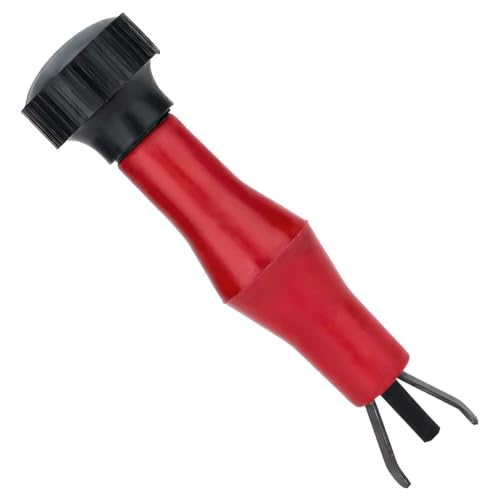Checkswrecks
Well-known member
Looks like it uses the little SmartCar/Mercedes deisel:
https://www.dieselmotorfiets.nl/eva.html

Looks pretty cool.
https://www.dieselmotorfiets.nl/eva.html

Looks pretty cool.































































